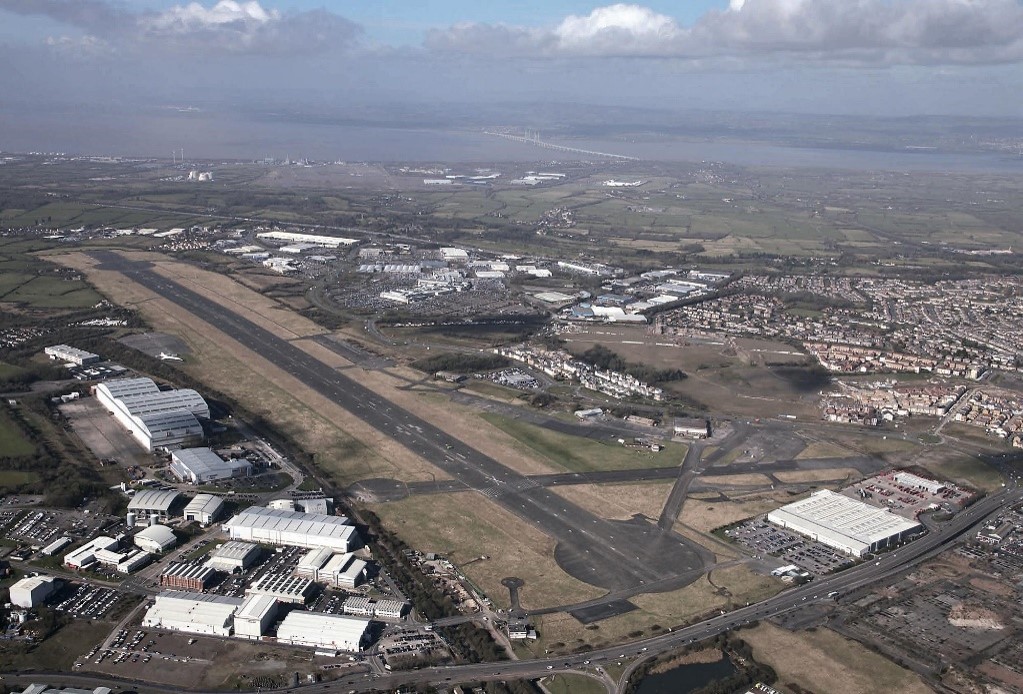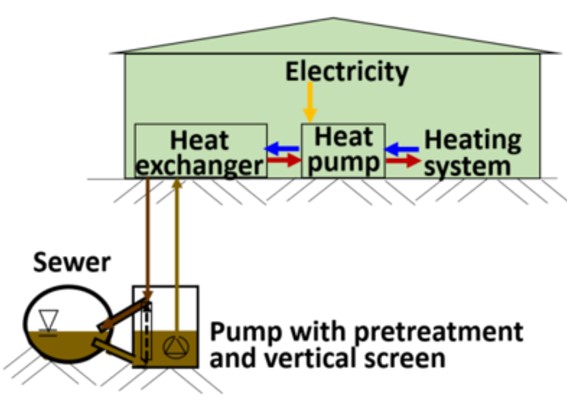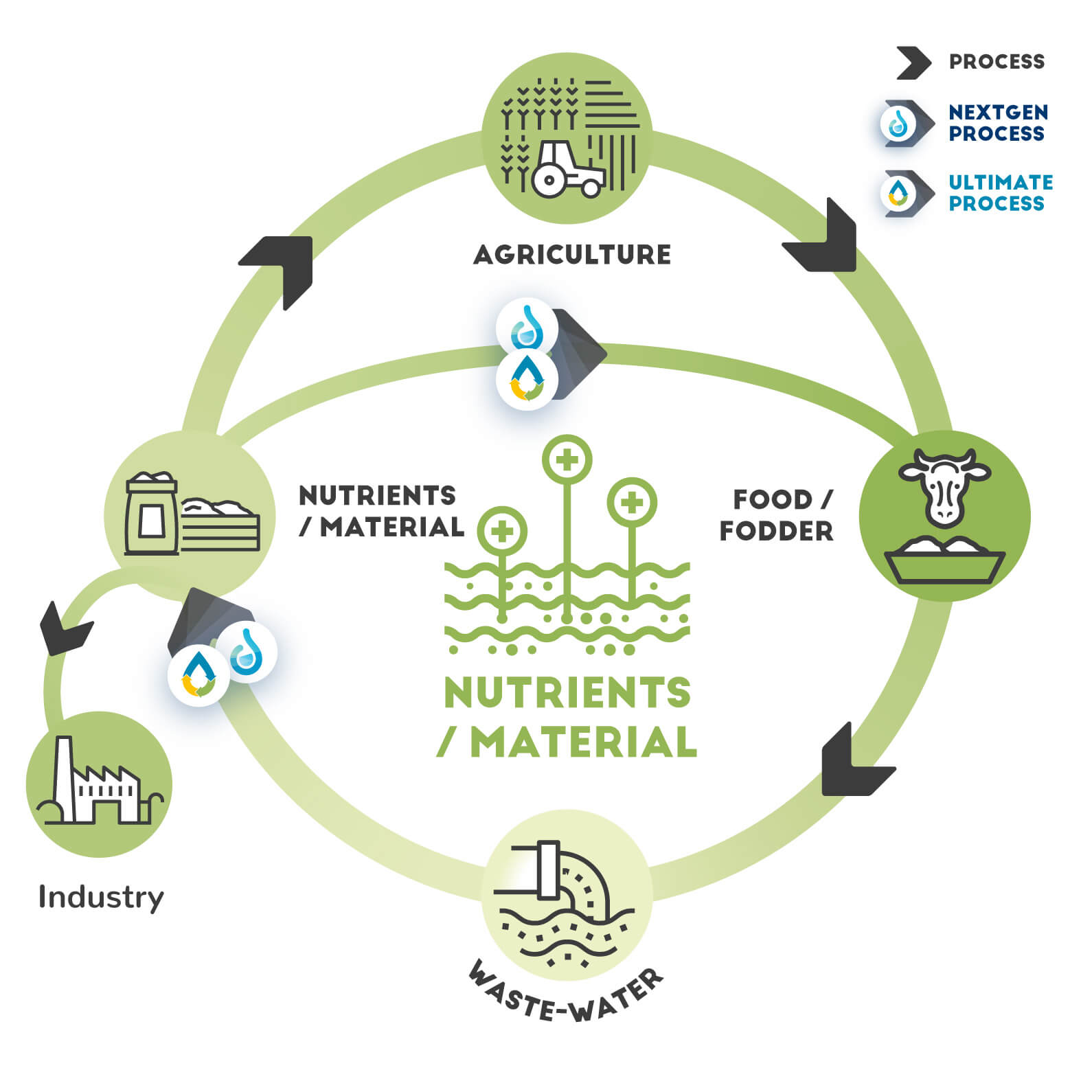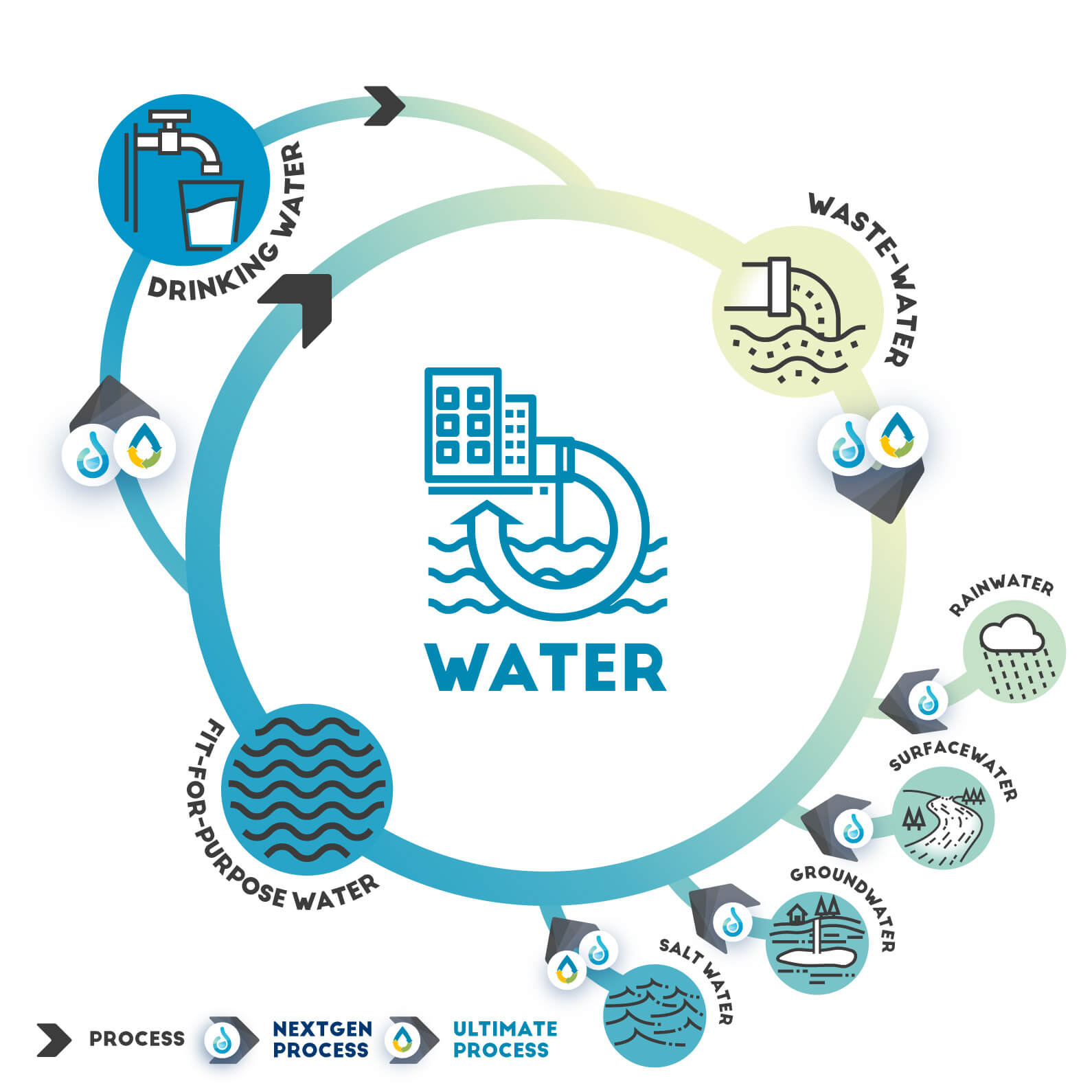Description
The former Filton Airfield has been recognised as one of the most important brownfield development opportunities in the UK. The 143-ha site is located in the Bristol northern fringe and forms a connection between the Bristol city northern boundary and the conurbations wider northern fringe. The main feature in this site is the runway, which is 2,467 m long and 91 m wide.
A master plan for this site includes providing live and work opportunities and an efficient traffic and transport network. In addition, a 17,000-seat venue at the Brabazon Hangars will be built within the existing structure on the edge of the former Filton Airfield.
Within NextGen, water and energy management will be further developed and implemented as part of this masterplan. For water circularity, the activities include the development of a sustainable urban drainage system, rainwater harvesting demonstration. In addition, the feasibility of heat recovery from the sewer system for local heating will be investigated.
Applied technologies
Outcome of assessments
Quantitative microbial risk assessment (QMRA)
At the case study in Filton Airfield, the QMRA tool was used to explore the possibility of reusing water collected from rooftops for local toilet flushing after the application of an additional membrane treatment step. Results indicate low risk of infection. More details can be found in D2.1.
Key lessons
Rainwater harvesting systems at district level
In Filton Airfield, the NextGen solution for water reuse considered a rainwater harvesting system consisting of a catchment area, conveyance system, storage system, and distribution system. In terms of rainwater recovery, the relevant KPIs were: (1) the real rainfall measurement and (2) the amount for proper purposes. The historical collected data was used to demonstrate a rainwater harvesting system in Filton Airfield. The baseline situation refers to the existing cases implemented in the UK and has offered some solutions to determine the optimum storage capacity for utilising rainwater harvesting at residential or commercial buildings by considering optimizing variables, including cost, reliability, water saving efficiency, green roofs irrigation and runoff capture. From several theoretical scenarios varying the catchment surface between 13 000 - 30 000 m2, it was estimated that installing a system such as it is possible to reduce 10-75 % of drinking water demand when using the harvested rainwater for toilet flushing and public irrigation in the area.
It is important to note that more accurate results can be obtained if real rainfall data from Filton Airfield and future rainfall events become available on climate change. It is therefore expected that the findings drawn from this study will be compared with post-installation monitoring data on the actual performance of the RWH system within the YTL Arena and residential area in the near future, thus promoting the acceptance of RWH in urbanization schemes as a sustainable water management strategy. More detailed results can be found in D1.3 and the specific demonstration site deliverable D1.8.
Feasibility study of low-grade heat recovery potential
A feasibility study was conducted on low-grade heat recovery from wastewater using a simulation-based approach analysing the potential of energy savings based on wastewater flow and temperature profiles. Housing units generating a large amount of wastewater held significant potential for energy recovery. The results showed that if the wastewater discharge is cooled by 3 °C for heat recovery, it is possible to recover up to 38 788 kWh/y (i.e., 7.85% of the total energy demand for the study area) for the residential area consisting of conventional houses, indicating that the total heat recovery potential is highly dependent on wastewater flow rates. In the frame of the Filton Airfield development, a decentralized and compact heat recovery system (i.e., a combination of a heat pump and heat exchanger demonstrated in Athens) would be one of the favourable solutions to increase self-energy efficiency if considering treated wastewater as a heat recovery source. Detailed results can be found in D1.4 and the specific demonstration site deliverable D1.8.
Dynamic sewer modelling: impact of low-flow wastewater on nutrient concentrations
In Filton Airfield (UK), a circular economy concept shall be implemented on a regional scale in the near future. Therefore, the nutrient concentrations in the potential wastewater were modelled. An important aspect to consider thereby was the dependence of the nutrient concentrations on the type of housing and the installation of water-saving appliances. Using those, the wastewater flow rate decreases and contributes to higher nutrient concentrations in the potential wastewater. Hence, the changes of the nitrogen and phosphorus concentrations vary from 52% to 61% and from 27% to 42%, respectively, depending on the house type (ecohouse with water-saving appliances vs. conventional house). For Filton Airfield, the ion exchanger and the hollow fibre membrane contactor (see case study Spernal), are suggested to be the most appropriate and sustainable solution among the NextGen nutrient recovery technologies, because they can be applied as a decentralised system on a local level as required in Filton Airfield and they profit from a high nutrient concentration in the inflow stream. Read more in D1.5 and the specific demonstration site deliverable D1.8.
Legislation and policy recommendations
In NextGen, we analysed the policy and regulatory landscape to identify relevant opportunities for and barriers to upscaling circular economy in the water sector. Our recommendations, targeted at the revised Urban Wastewater Treatment Directive, are summarised in our policy brief. These recommendations focus on creating meaningful incentives and policy drivers towards circular systems (e.g., through energy and carbon neutrality targets, and additional guidance on water recycling) and simplifying the route to market for recovered products (e.g., fertilisers and other materials). Check out our policy brief.
The relevant regulation for Filton is shown below.
- 2000/60/EC EU Water Framework Directive
Applied product
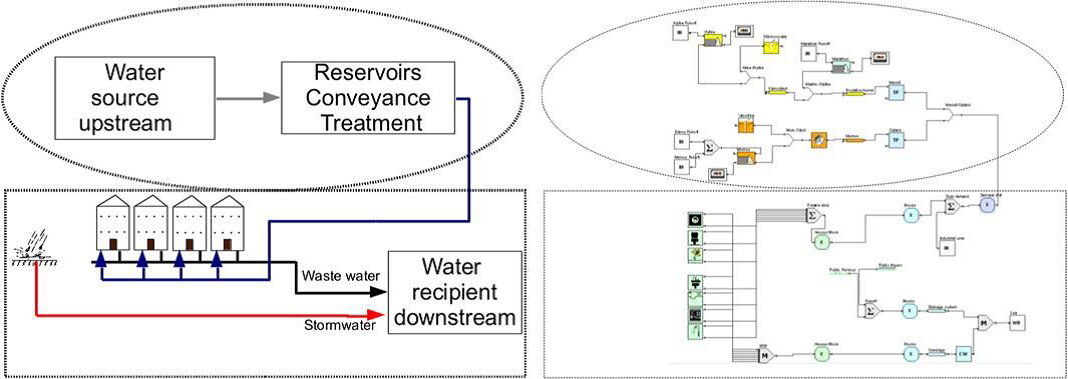
Urban Water Optioneering Tool
UWOT is a decision-support tool that allows users to compare different water management technologies (including water s…

